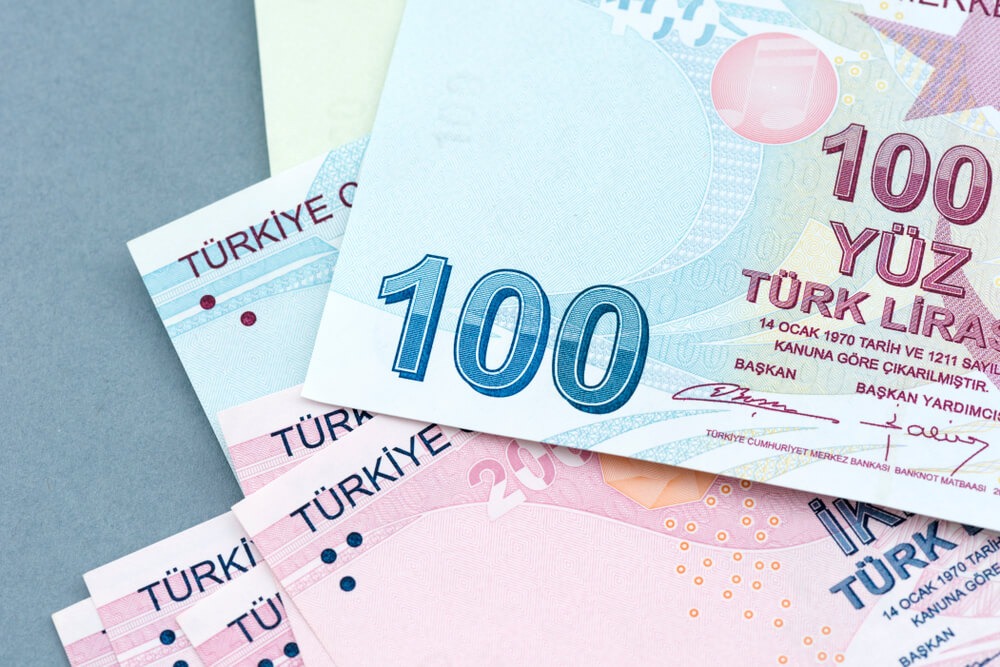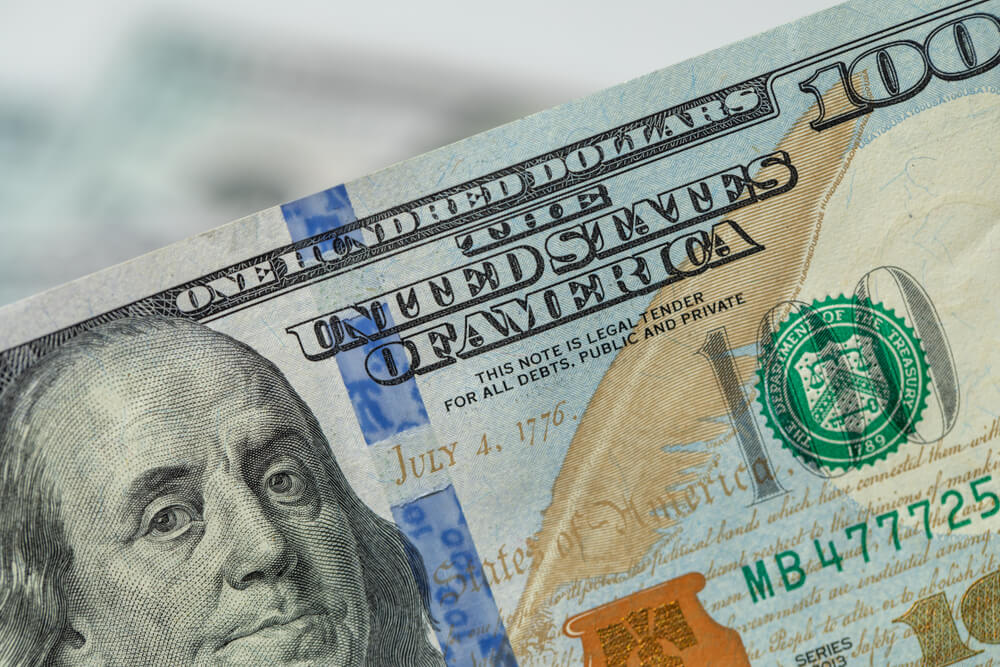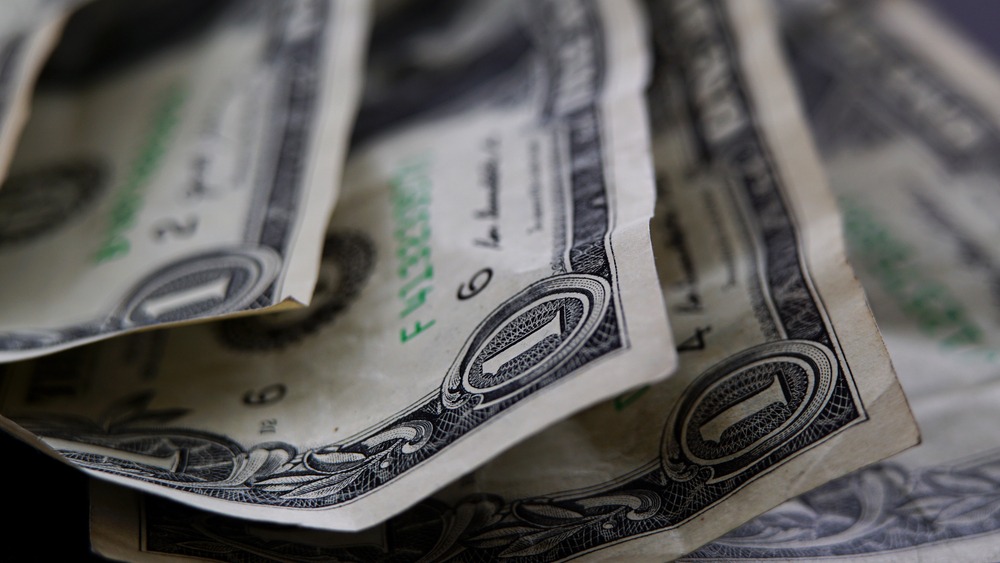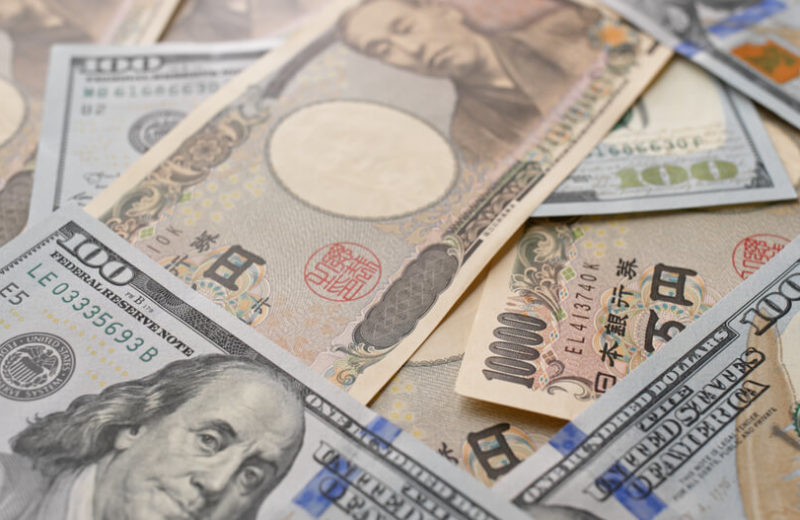On Monday, the Turkish lira fell against the dollar, gripped by worries over President Tayyip Erdogan’s risky new economic policy as well as prospects of another rate cut, prompting the central bank to intervene again.
President Erdogan supports rate cuts as he promotes a new economic plan prioritizing economic growth, etc. Many economists and opposition politicians do not agree with his policy.
The country’s central bank announced its fourth market intervention in two weeks. At its low water tank, the Turkish lira was worth just half of its value at the beginning of 2021. This month, the central bank moved to keep the lira below 14.
The country’s currency trimmed losses in thin market trading to 14.08 – still 1.3% weaker on the day. The lira fell 34% since the beginning of November.
Lira and officials
Experts expect the central bank to cut its policy rate by a 100 basis points to 14% this week. Even inflation won’t stop the central bank.
Sahap Kavcioglu serves as the Central Bank Governor. He stated that booting the current account was key to price and lira stability. However, there was skepticism among analysts about the impact of a surplus. The central bank’s net international reserves declined to $22.47 billion.
The lira crash affected Turks’ earnings, fueling poverty and leading to a line of citizens waiting to buy cheap bread as the price of goods surge.
The Central Bank of the Republic of Turkey reduced its policy rate by 400 basis points since September. Last week, ratings agency S&P affirmed the country’s long-term foreign currency rating at B+. The agency changed its outlook in a negative direction on an uncertain policy direction amid rising external risks.
The country’s 5-year credit default swaps (CDS) gained 1 basis point to a one-week high of 503 basis points.















